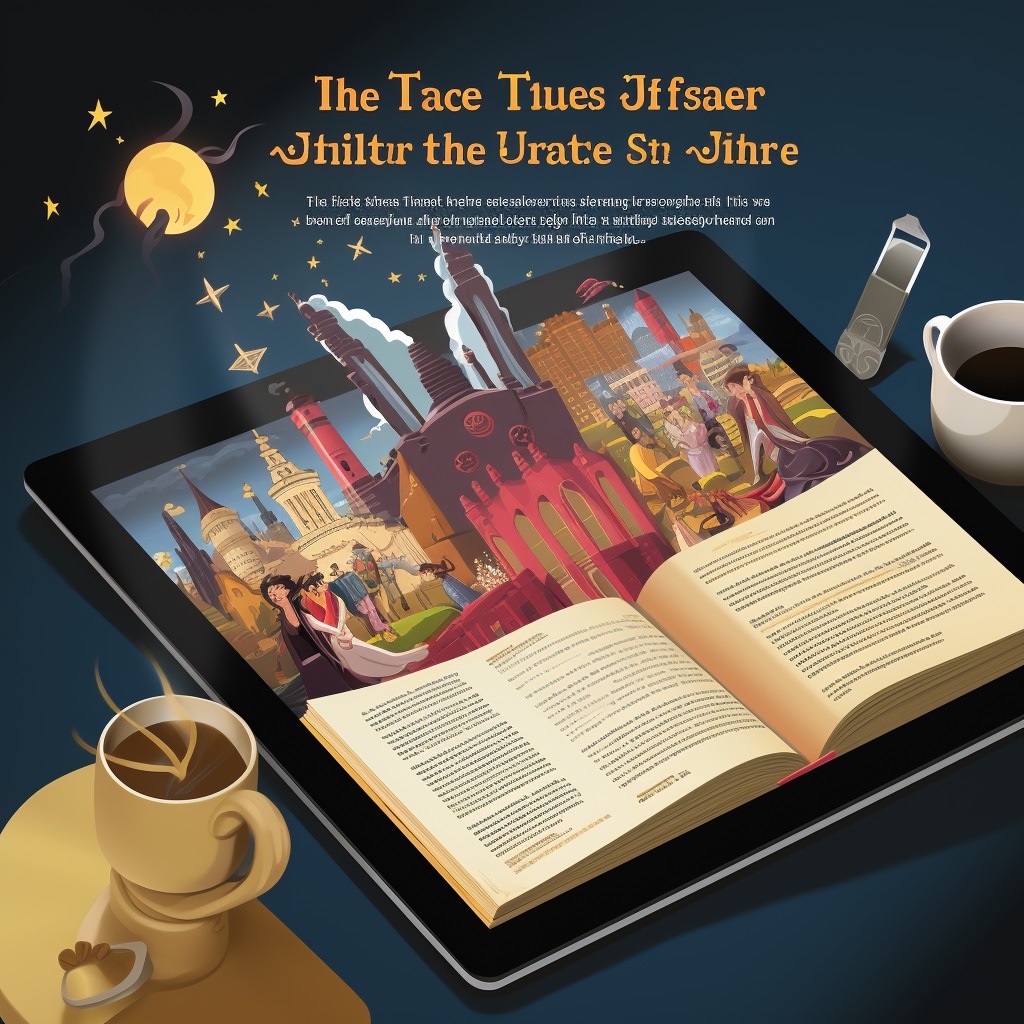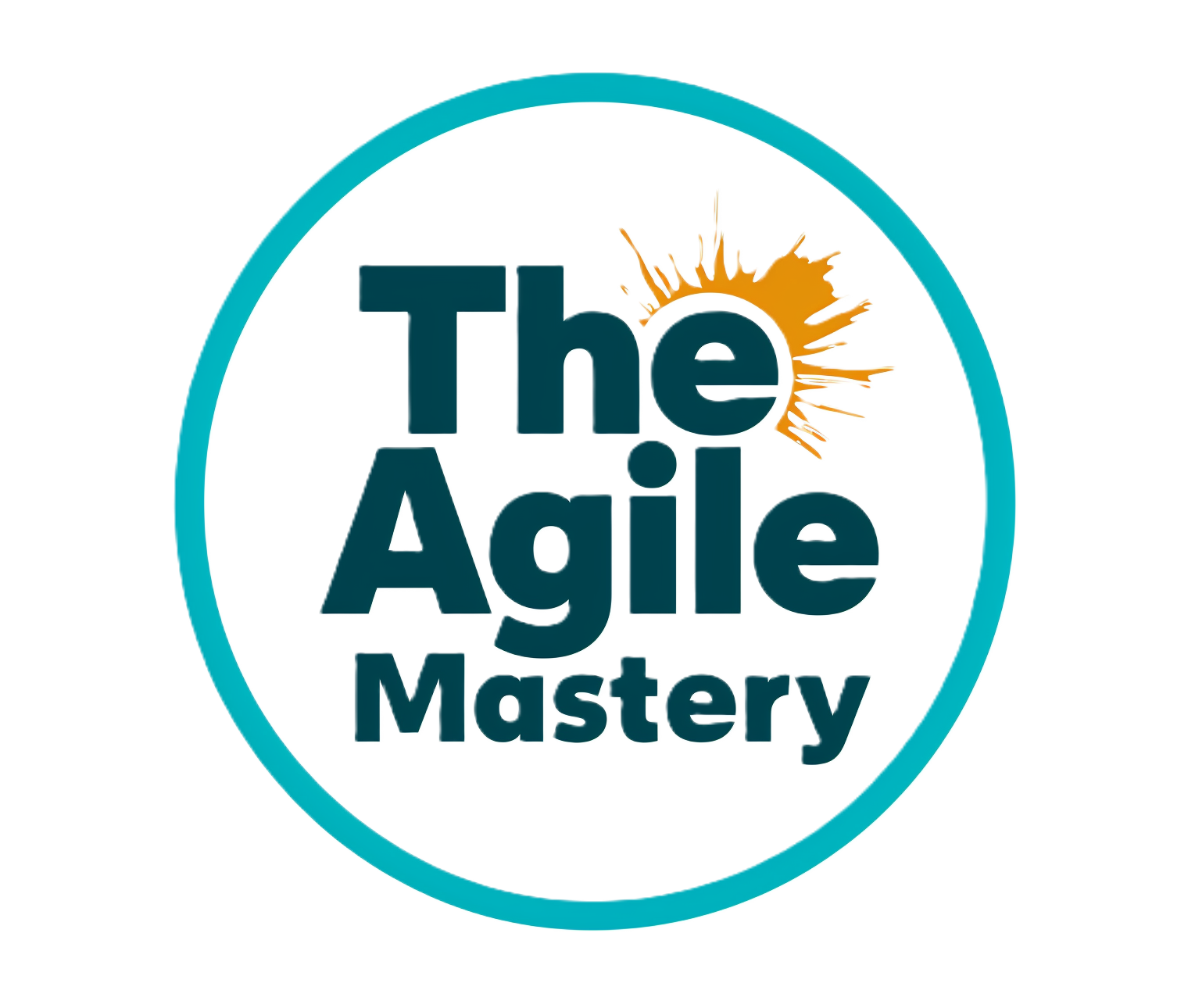Gone are the days when software development was confined to lengthy documents full of technical jargon that often left users and developers on opposite ends of the understanding spectrum. The rise of user stories has introduced a paradigm shift – a shift from technical specifications to relatable narratives that capture the very essence of what a user desires and how a product should deliver on those desires.
In the realm of Agile development, User Stories emerge as a vital tool for effective communication, collaboration, and value-driven delivery. These succinct, customer-centric narratives offer a window into the user’s perspective, fostering a shared understanding within the team and guiding product development towards success. This article delves into the realm of User Stories, highlighting their significance, types, and benefits in achieving agile excellence.

Why User Stories Matter: Navigating the Customer-Centric Path
User Stories serve as a bridge between stakeholders, customers, and development teams. They encapsulate a user’s need, the desired functionality, and the value it brings, all in a concise format. This clarity transforms complex requirements into tangible, actionable items, fostering collaboration, and ensuring that the team remains focused on delivering customer value.
Benefits of Using User Stories:
- Customer-Centric Focus: User Stories shift the focus from features to customer needs, ensuring that every development effort aligns with enhancing user experiences.
- Clear Prioritization: By quantifying value and impact, User Stories facilitate prioritization, ensuring that the most valuable features are tackled first.
- Collaboration: User Stories encourage communication between developers, testers, designers, and stakeholders, ensuring everyone is on the same page.
- Adaptability: As needs evolve, User Stories provide the flexibility to modify requirements and incorporate changes seamlessly.
Real-Life Example of a User Story:
User Story: As a frequent online shopper, I want to save my payment information securely so that I can complete my purchase quickly and easily.
In this example, the User Story captures the persona (frequent online shopper), their need (to save payment information), and the value (quick and easy purchases). This story serves as a concise reminder of the customer’s perspective throughout development.
Different Types of Stories: User Stories, Job Stories, and System Stories
- User Stories: User Stories, as discussed above, focus on the user’s need and the value delivered. They serve as a direct link between users and development. AS A … I WANT TO … SO THAT …
- Job Stories: Job Stories emphasize the context and motivation behind user actions. They focus on the situation, the user’s motivation, and the expected outcome. WHEN … I WANT TO … SO I CAN …
- System Stories: System Stories center on the technical aspects of a feature or functionality, often used for system-level requirements. IN THE/WHERE … DO/ACTION … SO THAT …
Use Cases
- User Story: As a content creator, I want to schedule posts in advance so that I can maintain a consistent online presence even when I’m busy.
- Job Story: When I have a busy day ahead, I want to schedule posts in advance, so I don’t have to worry about maintaining my online presence.
- System Story: The system should automatically send email notifications to users when their account password is changed.
The Power of Any Story: Delivering Value and Insight
While User Stories, Job Stories, and System Stories have distinct characteristics, they all share a common goal: to guide teams towards value-driven development. Regardless of the type, each story promotes collaboration, clear communication, and a customer-centric mindset. Whether you’re narrating a user’s journey, describing a user’s motivation, or detailing a system’s functionality, every story contributes to an agile ecosystem where value and excellence thrive.
Embrace the narrative power of User Stories, Job Stories, or System Stories, and witness how they transform requirements into experiences, enhancing communication, collaboration, and ultimately, the success of your Agile projects. Its one step forward to The Agile Mastery

2 replies on “User Stories: Enhancing Value and Collaboration”
[…] Creating User Stories: The Product Owner distills customer requirements into user stories, providing clear instructions for the development team to understand and implement. […]
[…] the Team Creating User Stories: The Product Owner distills customer requirements to the Team, providing clear instructions for the […]